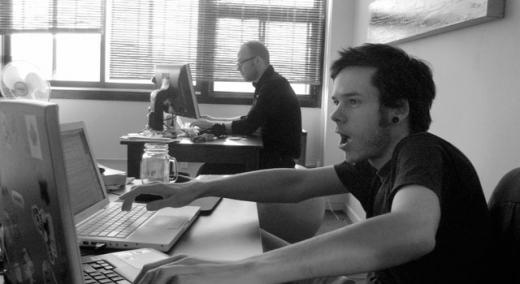"So exciting that I was using TWO COMPUTERS with TWO HANDS!" Credit: Jer Clarke
‘I would bet 10 percent or more of our remote staff, especially programmers, are working two remote jobs! We need to stop this before it escalates and get everyone back to the office.”
|
ADVERTISEMENT |
Thus spoke the chair of the board of a Fortune 1000 tech company when I met with the board to help them figure out the company’s plans for permanent post-pandemic work arrangements. Having helped 19 organizations determine their hybrid and remote work plans, I have heard such sentiments all too often.
So I asked him where he got his information. He told me he sits on other company boards, and that’s what he heard from other board members, so he guesses the same thing goes on at this tech company.
…

Add new comment